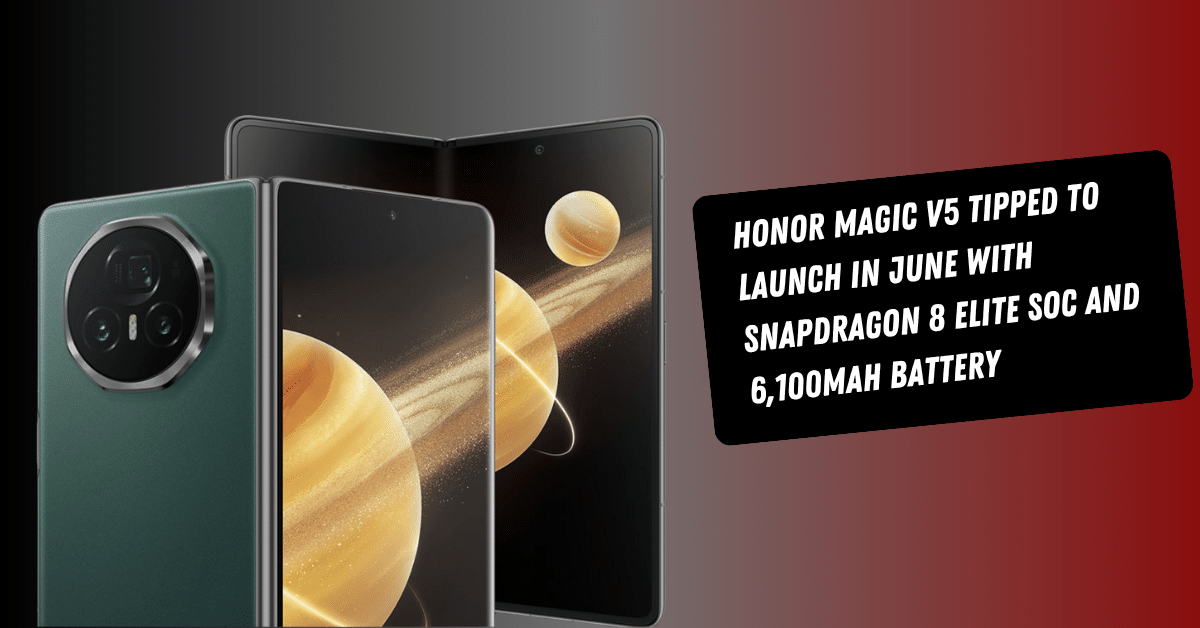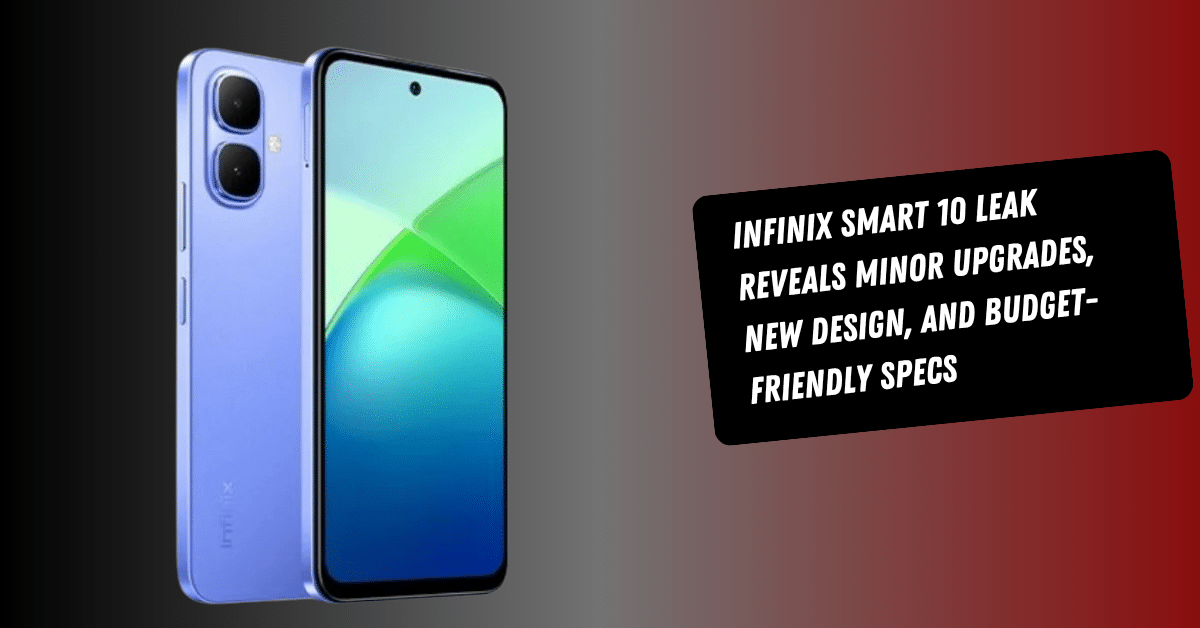Google is known for pushing the boundaries with its flagship Pixel devices, introducing new features and advancements in display, performance, and AI capabilities. However, as part of its strategy to cater to diverse user needs, Google also offers mid-range options like the Pixel 11a and Pixel Tablet 3. In this blog, we dive into what these models bring to the table and how Google balances affordability with performance, especially considering the lower-power chips compared to flagship models like the Pixel 9 Pro. Here’s everything you need to know about these new Pixel devices.
- Understanding the Google Pixel Series Evolution
Google’s Pixel series has consistently evolved to meet the needs of different user segments. While flagship models like the Pixel 9 Pro prioritize high-end performance, stunning display quality, and enhanced camera capabilities, Google’s mid-range models provide essential features with a more budget-friendly approach.
The Pixel 11a and Pixel Tablet 3 represent the latest in this mid-range trend, carrying on from the popular Pixel 9a. These models will include lower-power chips compared to their flagship counterparts, but they still offer enough functionality to satisfy daily needs without breaking the bank.
What Makes the Pixel 11a and Tablet 3 Stand Out?
- They’re designed for budget-conscious users.
- They retain many core Pixel features like software stability and Google’s AI-powered capabilities.
- Both models aim to provide a balanced experience, ensuring that essential functionalities aren’t compromised.
- Technical Specs Comparison: Flagship vs. Mid-Range
With the Pixel 11a and Pixel Tablet 3, Google has made thoughtful adjustments to offer an affordable, efficient experience without the premium price of flagship models.
Key Differences to Expect in the Pixel 11a and Tablet 3:
- Chip Performance: The Pixel 11a and Tablet 3 use slightly lower-performing chips, balancing power efficiency with cost.
- Display and Refresh Rate: A solid display with an adaptive refresh rate (likely 90Hz), ensuring smoother visuals without high power consumption.
- Battery and Charging Speed: These models will likely support a substantial battery but may lack the fast charging found in flagship models.
- How Do the Lower-Power Chips Affect Key Features?
The choice of a more budget-friendly chip impacts several aspects of the Pixel 11a and Pixel Tablet 3’s performance, particularly in areas like display, battery life, and processing power.
Display Quality and Refresh Rate
While the flagship Pixel 9 Pro boasts a high-resolution display with a 120Hz refresh rate, the Pixel 11a and Tablet 3 may offer a display quality more suited to everyday browsing, social media, and video streaming. Users can expect:
- An adaptive refresh rate for smoother scrolling.
- A high-quality display but possibly with a slightly reduced colour range or brightness compared to flagship devices.
Battery Life and Charging
Battery performance is crucial for a seamless user experience, and the Pixel 11a and Tablet 3 aim to deliver:
- Long Battery Life: Despite a less powerful chip, battery optimization could result in longer usage times.
- Charging Speed: These models may have slower charging rates, which is typical for budget-friendly devices.
Overall Performance & Everyday Use
For the average user, these models provide adequate processing power for day-to-day activities like messaging, browsing, streaming, and light gaming.
- AI and Algorithms in Pixel’s Performance Optimization
Despite using lower-power chips, the Pixel 11a and Tablet 3 leverage Google’s AI and algorithms to optimize performance. Here’s how:
- Machine Learning Algorithms: Google’s Tensor G4 chip incorporates machine learning to deliver efficient processing for features like voice recognition, photo editing, and real-time translation.
- AI-Powered Software: Through AI, these models still offer intelligent features, such as Google Assistant’s contextual awareness, ensuring smooth interactions even with a mid-range chipset.
These models manage to deliver a smart, efficient experience by integrating AI and machine learning algorithms in ways that go beyond just raw power.
- Price and Positioning in the Mid-Range Market
In terms of price, the Pixel 11a and Tablet 3 are positioned to compete strongly within the mid-range Android market, offering a budget-friendly alternative to flagship models without compromising on the essential Pixel experience.
Benefits of Mid-Range Positioning:
- Affordability: Priced below flagship models, making them accessible to a broader audience.
- Performance Balance: While they may lack high-end hardware, software optimizations ensure they deliver a solid performance.
- Core Pixel Features: Despite the lower-power chip, they retain key features like a high-quality display, reliable battery life, and Pixel’s security updates.
This strategic price point is expected to make the Pixel 11a and Tablet 3 popular choices for those looking for dependable, feature-rich Android devices that don’t compromise on quality.
Pixel 11a and Pixel Tablet 3 – Balanced Budget Offerings
The Google Pixel 11a and Pixel Tablet 3 stand out as budget-friendly options in the Pixel series, offering essential features like a high-quality display, solid battery life, and smart AI-driven functionality. Although they won’t match flagship devices in raw power, they provide excellent value for the price, making them ideal for users who want the Pixel experience without the premium price.
These mid-range models underscore Google’s commitment to making technology accessible, delivering a solid user experience that balances performance and affordability.
FAQs
1. What’s the main difference between the Pixel 11a and flagship Pixel models?
The Pixel 11a uses a lower-power chip compared to flagship Pixels, impacting raw performance but retaining essential Pixel features at a more affordable price.
2. Will the Pixel 11a and Pixel Tablet 3 have good battery life?
Yes, both models are expected to offer excellent battery life, thanks to optimized power management and efficient hardware.
3. Do the Pixel 11a and Tablet 3 support wireless charging?
While they may support wireless charging, the speed will likely be slower than flagship models, which prioritize fast charging.
4. Are the displays of the Pixel 11a and Pixel Tablet 3 as good as the flagship models?
The displays are high-quality, but they may not offer the same resolution, brightness, or refresh rate found in flagship models like the Pixel 9 Pro.
5. Who should consider buying the Pixel 11a and Pixel Tablet 3?
These devices are ideal for budget-conscious users who want the core Pixel experience without the high cost of flagship models.















